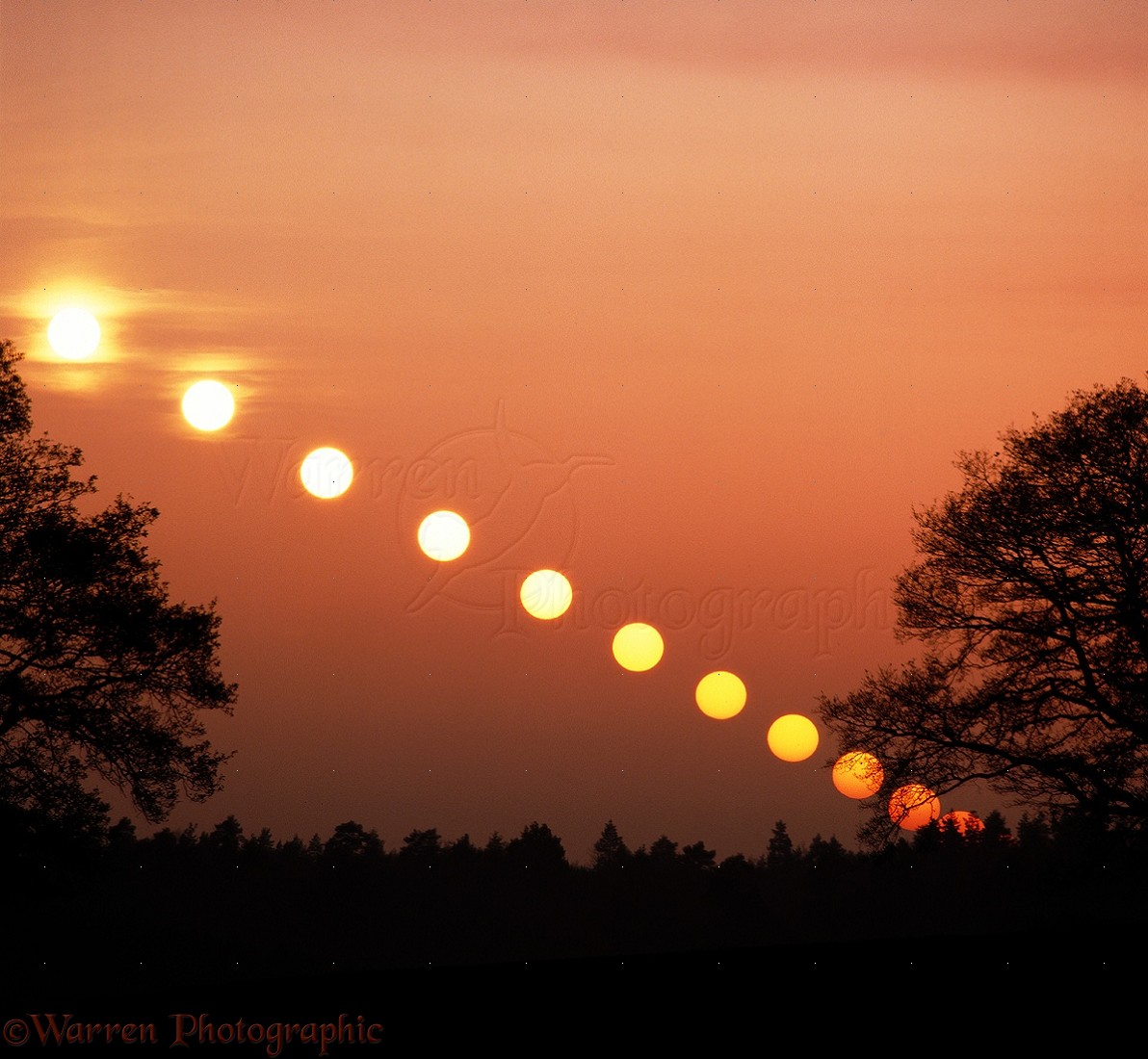In today's post I will be addressing Nepal's seasonal and astronomical events, as well as some tourism tips. First I'll start off by taking a look at a winter solstice, which is the onset for winter and marks the shortest day of the year. Due to being in the Northern Hemisphere Nepal's winter solstice takes place on December 22nd at 4:48 AM (NPT). As observed by the Nepal Bureau of Standards, Weather Meteorology, in 2005 the average maximum temperature in December is 70 degrees F. On the other hand, the average minimum temperature is 35 degrees F. Light rain, and drizzle are usually expected at this time in December. The average precipitation in December is 1mm.
The summer solstice, or otherwise called the June solstice takes place on June 21st at 4:36 PM (NPT) local Nepalese time in Kathmandu. Summer solstices mark the longest day of the year, and begin the onset of summertime. The tilt of Earth's semi-axis is most inclined towards the sun at this point in the year. Since, it's one of the more hot months June's average maximum temperature is 84 degrees F. Keeping it pleasant the average minimum temperature gets down to only 66 degrees F. In June it rains 26 days out of the month coming in at an average rainfall of 129mm. Along with the humidity during this month it can get muggy on the rainy days.
Nepal's Spring equinox occurs on March 20th, at 10:42 PM (NPT). This is a time when tourists flock to Kathmandu due to a average maximum temperature of 75 degrees F, and a average minimum of 46 degrees F. The days in March get 8-9 hours of sunshine making it a pleasant time to visit Kathmandu. The average precipitation during March is 5mm, raining 10 days out of the month. This is also an amazing time to visit due to the Holi festival influenced by the neighboring country of India. It is a religious holiday where colored powders and water are thrown all over the towns at people and things celebrating children.
Reining in the fall season the autumnal equinox took place on September 23rd at 8:14 AM. The average maximum temperature is 80 degrees F, and the average minimum temperature is 63 degrees F during the month of September. It rains about 168mm throughout the month, marking the end of monsoon season, but still continuing to rain. This is also a good month to hike with the lessening humidity and heavy cloud cover.
Come to Nepal and reach new heights!
Going more into the tourist aspect of things versus the data of the seasons, it's best overall to visit Nepal in the springtime for the best visuals of the land. During this time the national flower blooms creating a beautiful landscape. There are also clear views of the mountains during this season. However, if trekking is the reason you are in Nepal Autumn is also one of the best times because of its crystal clear skies, mild temperature, and is a season for festivals in Kathmandu. During autumn and spring hot air ballooning is a popular tourist attraction. Due to the clear skies, breathtaking views of Kathmandu valley and the Himalayan region can be seen. Not too keen on heights? Not to worry, there are plenty of national parks and wildlife reserves to keep you busy on the ground. Koshi Tappu wildlife reserve is popular for bird watching wetland species.





I love your photos and very clever tourism poster and motto. Another popular sport is world class paragliding in the strong mountain updrafts in the Annapurna foothills above Pokhara.
ReplyDeleteYour solstices are slightly different than that of Canada. In Ottawa we have similar outdoor adventures available but very different activities from hot air ballooning. In Ottawa, we also have rain in the summer but we receive snow for the winter months. Our locations cater to very different activities throughout the year and as my personal opinion, yours seems much more interesting.
ReplyDeleteNepal is definitely a lot colder than Costa Rica. I doubt Costa Ricans would enjoy living in 35F weather during the winter solstice. Nepal seems like a nice place to visit if you can go during the right season. I definitely would enjoy going on an air-ballooning. Your pictures really help prove a point as well.
ReplyDelete